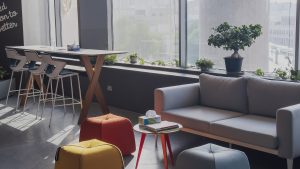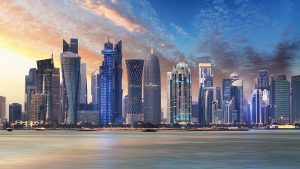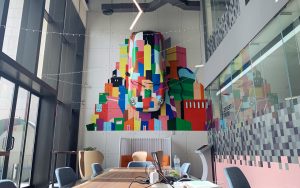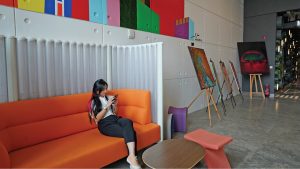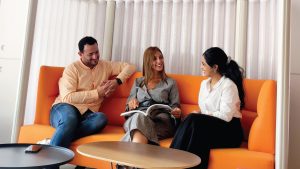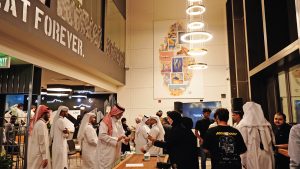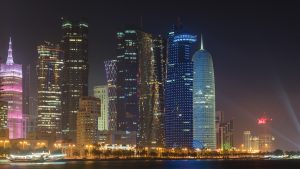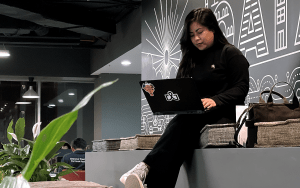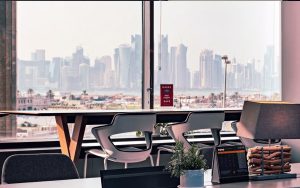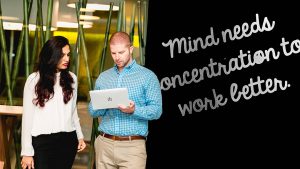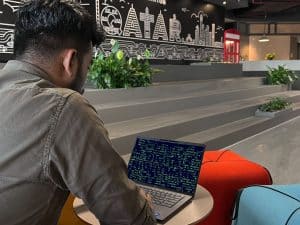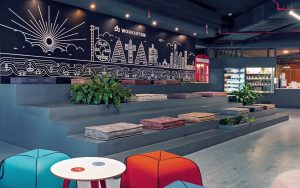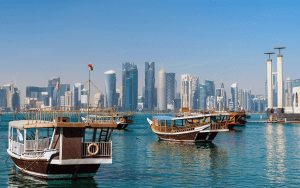This year’s events have served as a painful reminder that even with modern technology, we’re still subject to the dangers of infectious disease. As we successfully flatten the curve and lockdown restrictions are being eased, city planners are now placed in an uncomfortable position. How do you let people back into public while remaining safe?
To be fair, many of the restrictions will still remain in place for the foreseeable future. For example, it’s likely that we’ll be wearing masks in public until a COVID-19 vaccine is available. Scientists say that this could take as long as nine months to two years. Public officials are also looking beyond the coronavirus crisis and into the future. What happens when the next pandemic comes? Now is the time to prepare for that inevitable event.
One major challenge is that human beings are social beings. Social distancing may be necessary to slow the spread of disease, but complete isolation is unsustainable. When people are isolated for a long period of time, they can suffer depression, develop addictions as a coping mechanism, or even suffer from long-term post-traumatic stress disorder. As a result, it’s crucial that people have access to public spaces. It’s not just a matter of economic necessity; it’s a matter of public health.
In other words, we need a long-term solution for city planning. But there is some wisdom to be found here. The Chinese word for “crisis” consists of two symbols: “danger” and “opportunity”. Now, we have the opportunity to build our cities in a way that’s functional, safe, and mentally healthy.
More Outdoor-Friendly Design
As we learn more about the spread of COVID-19, it has become clear that outdoor spaces are much safer than indoor spaces. If you think about it, this makes sense. If a sick person coughs outdoors, the particles will quickly disperse, even in a light breeze. On the other hand, if the same person coughs in an indoor environment, the particles can linger in the air for much longer.
Civic leaders throughout the world are taking note. For example, Venice recently announced a competition for restaurants and bars to design the best outdoor seating area. Contestants are scored not just on aesthetics, but also on social distancing measures. For example, movable furniture allows for easier table spacing, and designated walking paths can help keep people from violating that distance.
Similar measures are being taken in the city of Goa, India. India’s cities are very crowded, and people have been cooped up in tiny apartments for two months. City planners are encouraging restaurants to seat people outside whenever possible. This is not just a safety measure; it’s also designed to improve mental health.
In the Netherlands, city planners are taking this approach one step further. They’ve designed specialized gardens with walking paths that encourage social distancing, while still allowing people to enjoy the outdoors.
Rethinking Public Transportation
For many people, public transportation is an unavoidable reality of life. For example, the average person simply can’t afford to commute from Long Island to Manhattan by car everyday. Downtown parking simply isn’t affordable.
During the crisis, public officials learned some valuable lessons about how to safely operate public transportation. When the lockdown first took effect, New York City decreased the number of trains in operation, and eliminated all express trains. Instead, all trains were local, meaning they stopped at every station along the way. This did not go as intended. Because most people had no choice but to ride the train, the smaller number of trains were even more crowded. And because all the trains were local, people from every neighborhood were all crammed together in the same train cars. Rather than slowing down, the disease actually spread faster.
Thankfully, public officials are rethinking this approach. In Mumbai, India, officials are ordering more busses and scheduling more routes to decrease the number of people on each bus. By limiting seating, they hope to slow the spread of disease without reducing service.
Less Reliance on Large Offices
Since the beginning of COVID-19, most white-collar workers have been working from home. Zoom meetings and other online solutions have replaced traditional office environments. Even now, as lockdowns are being lifted, some companies are extending their work from home practices. For example, most Facebook employees will be working from home through at least the end of the year.
The obvious question is why companies would ever want to return to a traditional office. Office space is a significant expense, especially when it’s located in a large skyscraper in a downtown area. That said, a bunch of empty office buildings could cause harm to nearby businesses that rely on them. As a result, downtown areas may need re-zoning for other purposes in order to remain viable.
No More Movie Theaters?
In the wake of COVID-19, most movie theaters remain closed. In fact, one of the world’s largest theater chains, AMC, may be closing its doors altogether. This isn’t just because of disease. Competition from streaming media is already putting a crunch on theater budgets. In the future, the big blockbusters may make their debut on Amazon Prime or Netflix.
Safer Restaurant Design
Outdoor seating is a great way to safely run a restaurant. But it isn’t practical in foul weather. Restaurants throughout Asia are re-opening with seating restrictions, mandatory spacing between tables, and temperature checks at the door. Robot waiters are even being debuted in Beijing, reducing the risk to restaurant workers.
Another approach is uniquely German. In Munich’s traditional beer gardens, people sit at long tables with wide spacing between seats. This design allows for social distancing, without limiting socialization or feeling forced.
Reducing Physical Contact and Ongoing Testing
Of course, aerosol transmission isn’t the only way of spreading disease. It can also spread through physical contact. City planners are urging the adoption of automatic doors, to avoid this type of contact. Some countries are also monitoring virus levels in sewer lines, to identify hot spots.



